This simulation game offers players an immersive experience into the daily challenges faced by individuals with various disabilities. Each scene is thoughtfully designed to reflect a specific disability, placing players in scenarios that highlight the obstacles and problem-solving required in everyday life. For example, players can navigate the difficulties of crossing a road with visual impairment, showcasing the heightened sensory challenges and limited field of view.


The purpose of InTheirShoes is to immerse users in the daily challenges faced by individuals with disabilities, fostering empathy and awareness through realistic virtual reality experiences. By promoting understanding and inclusivity, the app aims to inspire social change and empower users to advocate for a more compassionate society.
Social Good: Disability Awareness.
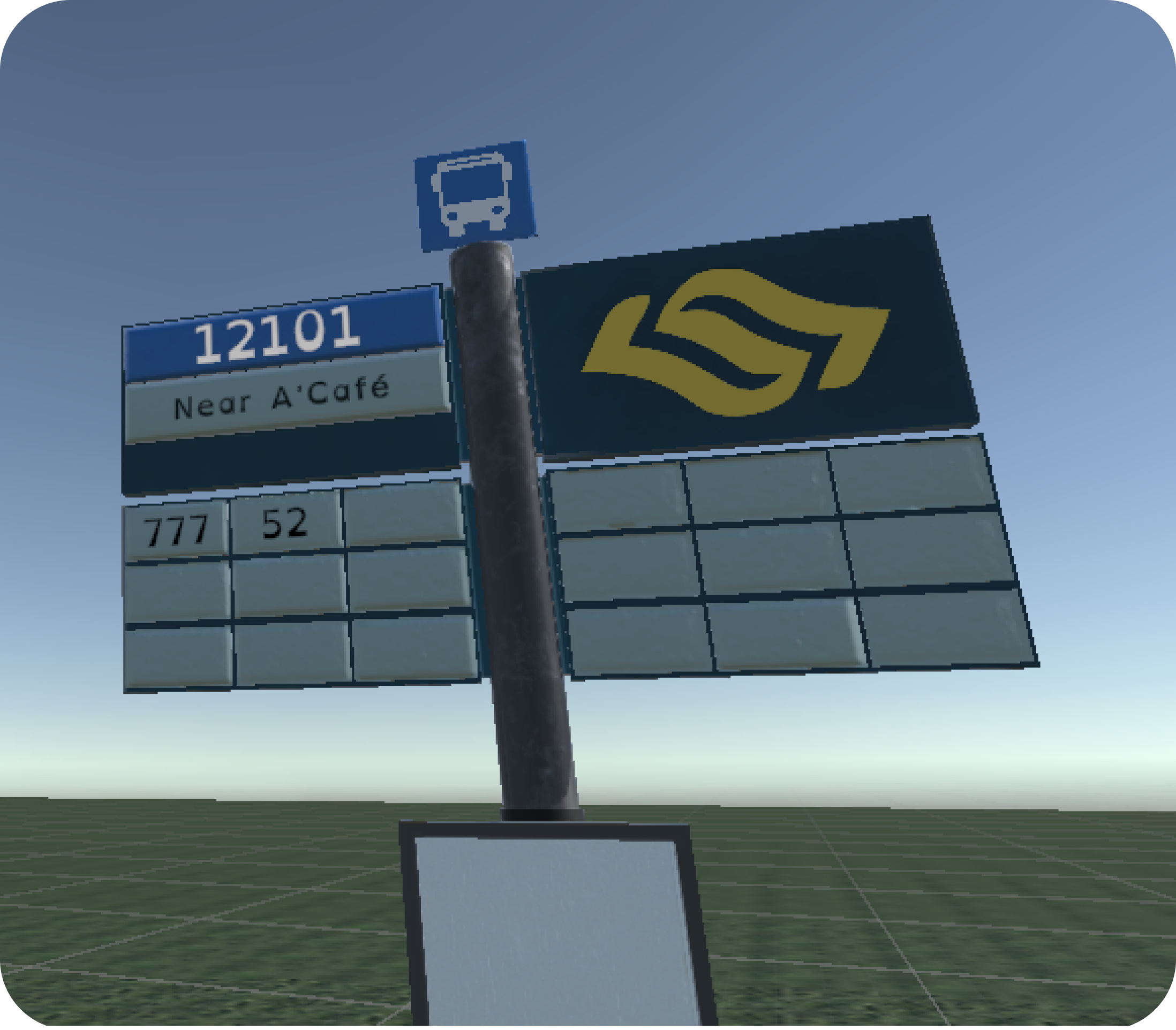
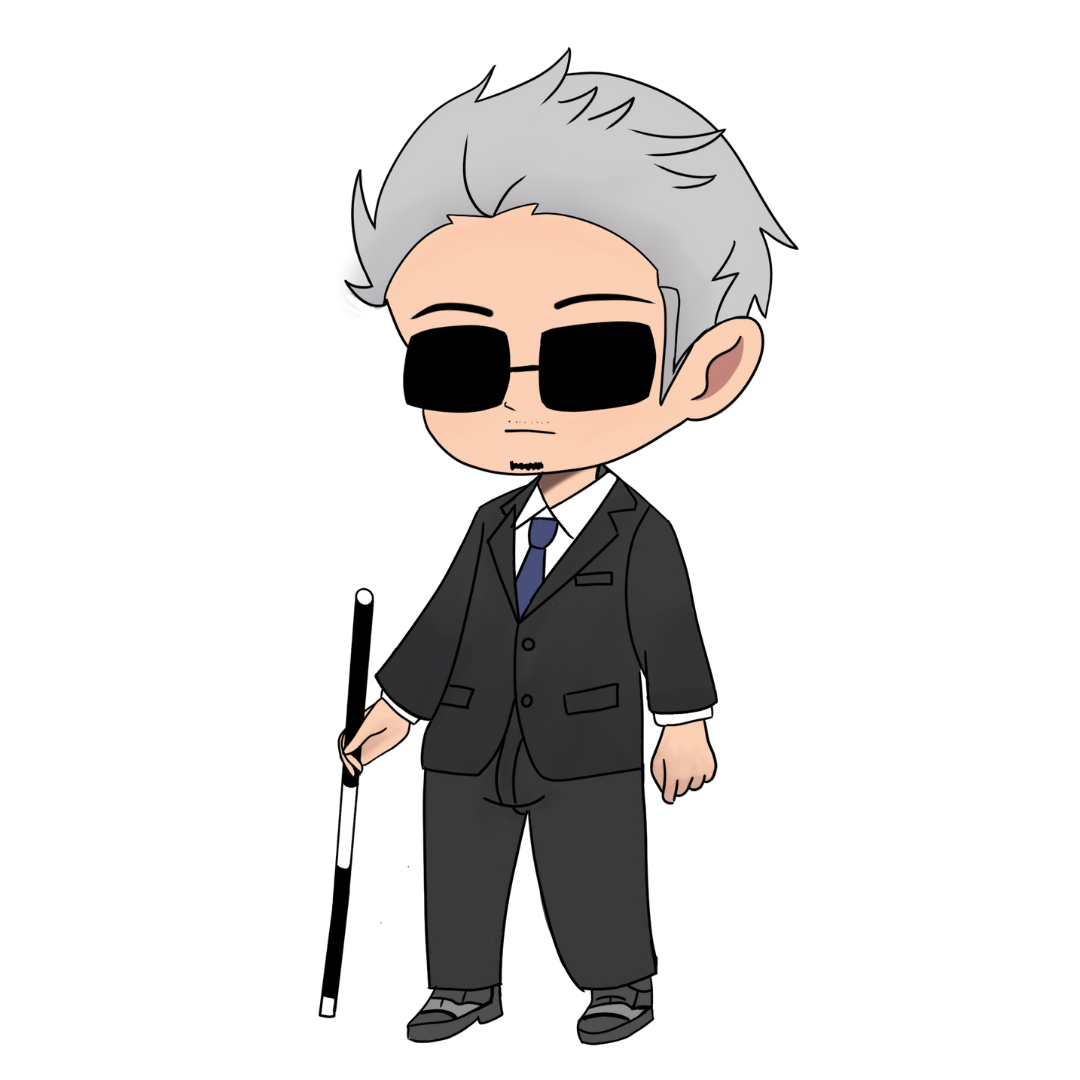
The player takes on the role of an adult with limited vision, experiencing a narrow field of view where traffic lights blur together. Surrounding sounds like car horns and engine noise are amplified, creating an overwhelming sensory environment.
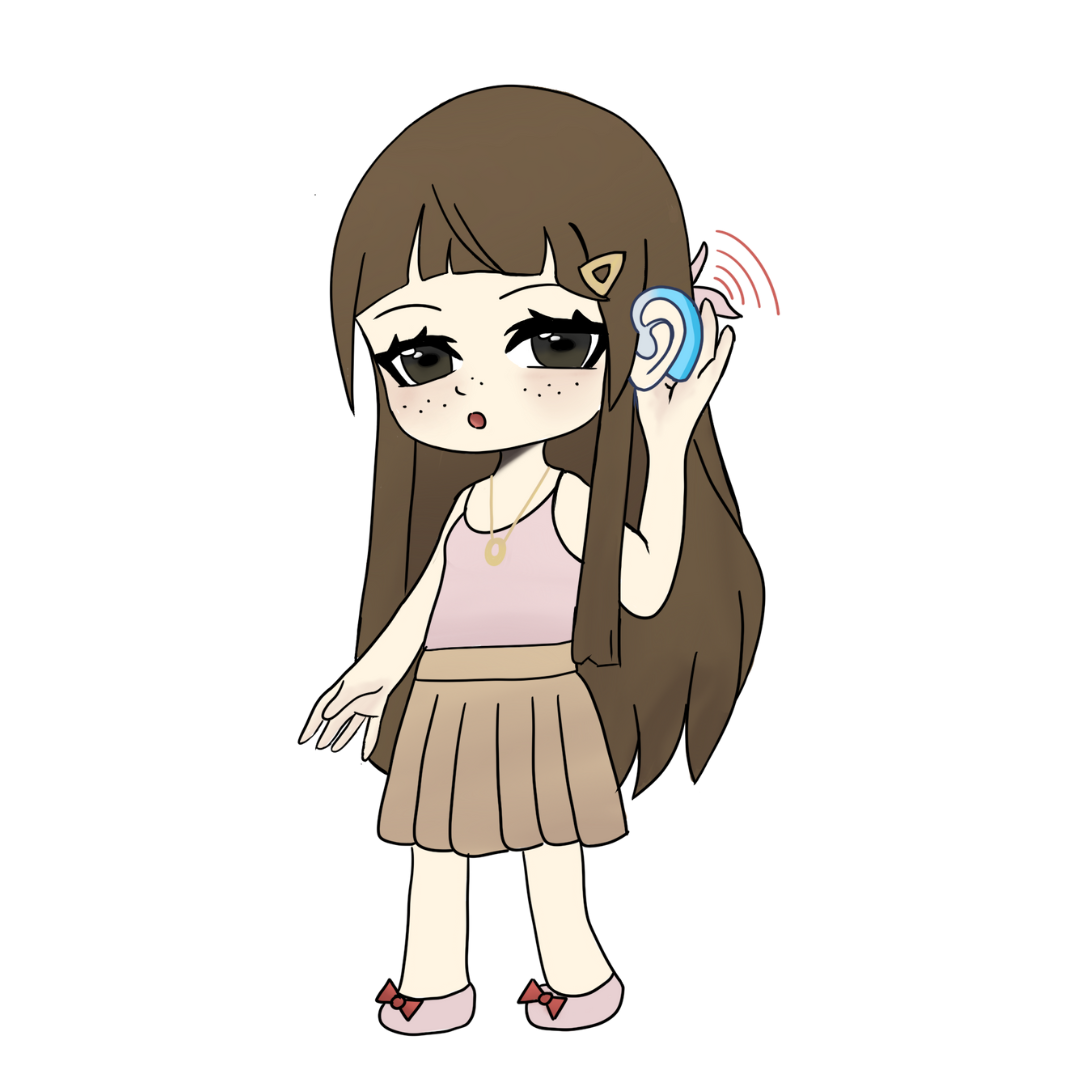
The player assumes the role of a young adult with hearing impairment working at a café. When a customer complains about a missing item, the player relies on visual cues and the environment to solve the issue.
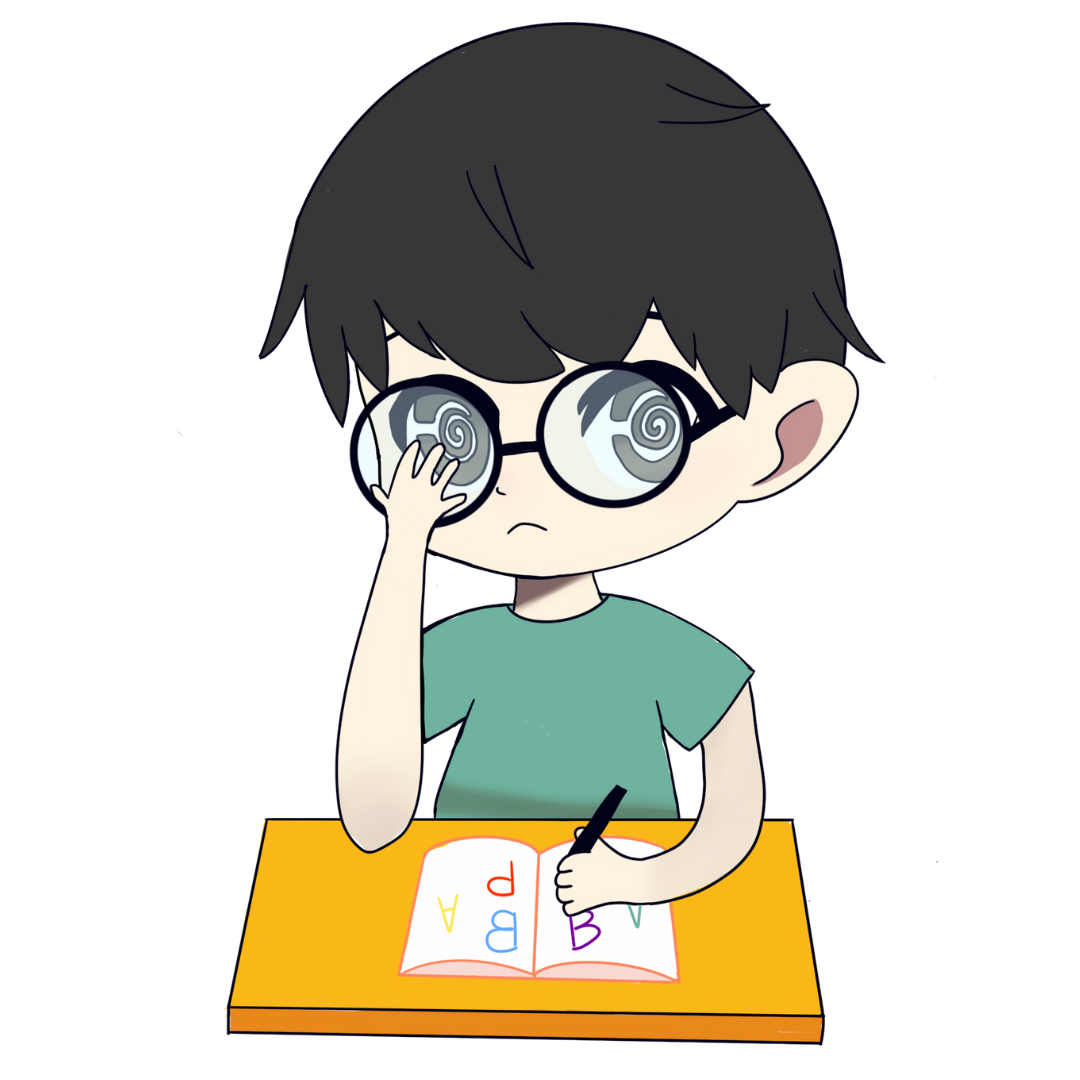
The player becomes a child with dyslexia in a classroom. A scrambled sentence appears on the blackboard, and the player must arrange letter blocks to correct it.
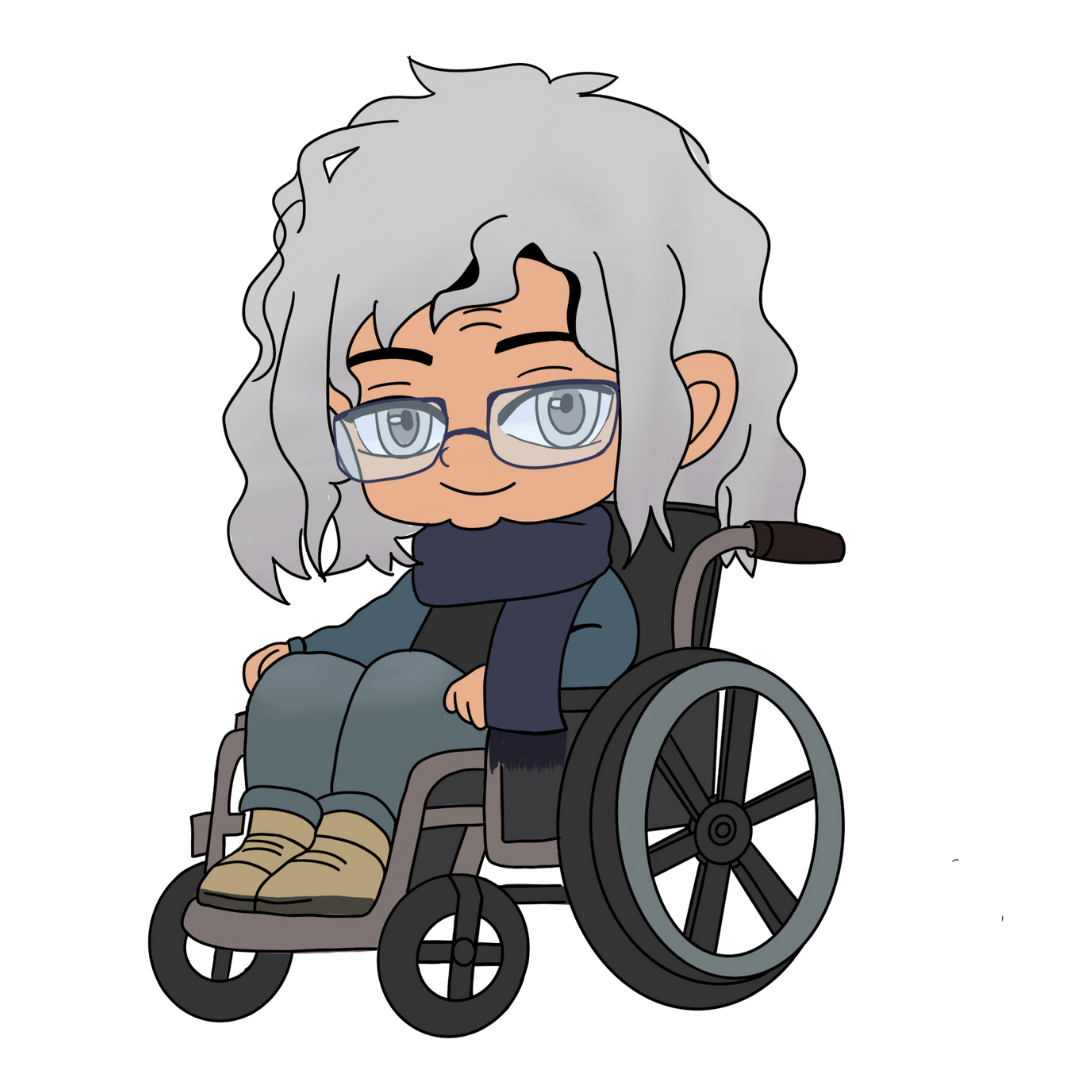
The player, in the role of an elderly person, navigates a steep slope in a wheelchair. They must use hand gestures in VR to push or pull the wheelchair, maintaining momentum to avoid rolling back down.

Objective:
Create an immersive environment that allows players to experience the world from the perspective of individuals with disabilities. By stepping into their shoes, the game will encourage players to understand and connect with the daily challenges faced by those with disabilities.
Solution:
Through realistic scenarios where players navigate tasks such as navigating through a busy street with a visual impairment or using assistive devices for mobility, players will develop empathy and become more aware of the emotional and physical hurdles that others face.

Objective:
Challenge stereotypes and misconceptions by placing players in situations where they must confront and overcome barriers caused by discrimination. The game will encourage reflection and promote inclusivity.
Solution:
Scenarios like interacting with others while dealing with a disability, or facing discrimination in public spaces (e.g., being ignored, misunderstood, or dismissed), will allow players to feel the impact of stigma firsthand, fostering awareness and encouraging behavioral change.

